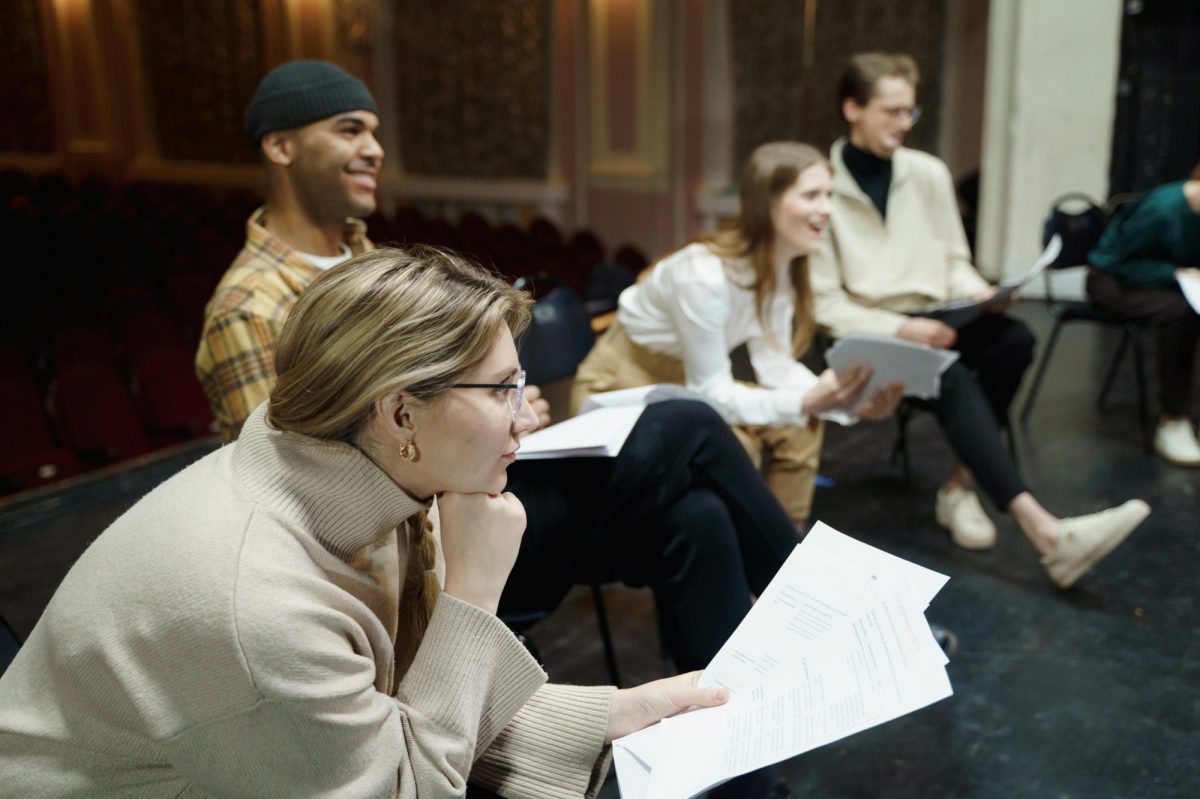In this article:
Mental health definitions
Despite the variety of interventions and treatments available, mental health challenges, including suicidality, remain persistent public health concerns worldwide. According to the World Health Organization in 2022 mental health is defined as “a state of well-being in which the individual realizes his or her own abilities, can cope with the normal stresses of life, can work productively and fruitfully, and can make a contribution to his or her community.”
On the other hand, a mental illness or disorder is defined as “a clinically significant disturbance in an individual’s cognition, emotional regulation, or behaviour … usually associated with distress or impairment in important areas of functioning.”
Financial implications
In Australia alone, the cost of mental illness is estimated to be approximately $21.1 billion each year (Australian Institute of Health and Welfare, 2024).
This figure includes the cost of mental health-related services, state and territory mental health services, and government benefits for Medicare-subsidised mental health-specific services from 2021 to 2022. There is growing evidence of the potential benefits of arts and health practices to support individuals experiencing mental health issues. Theatre can offer a form of expressive therapy that promotes emotional release, self-awareness and social connection.
Read: New report shows Australia in crisis, but offers a pathway to wellbeing through creativity
Theatre-based therapies
Many experts agree that theatre interventions include a variety of ideas, practices and approaches intentionally designed to promote health and wellbeing. These interventions range from explicitly therapeutic methods to group activities that align more closely with cultural experiences. With this definition in mind, Applied Theatre (AT) can be implemented as a theatre intervention. AT is a cross-disciplinary practice that brings together theatre and education to explore community issues. As an art-based research form, it provides significant scope for theatre-based interventions to support individuals experiencing mental health challenges, especially those who may not respond well to traditional therapies.
Recent research I conducted with Linda Hassall in 2022 suggests theatre interventions can support a universal population-based approach to promote positive mental health, reduce stigma and enhance mental health literacy. Working with three organisations – two Australian and one from New Zealand – we conducted interviews to explore current creative practices being implemented in the community, perceived outcomes of the practices and their current evaluation techniques.
Research revelations
Our research findings suggest that arts-based research (ABR) such as AT is growing the evidence in support of theatre-based interventions. This research recommends exploring collaborative opportunities for developing relationships between the arts and the healthcare sector to help support further integration of theatre-based methods as health promotion tools. To assess the value of theatre-based interventions in this manner, a mix-methods and ABR methodological design approach may more fully evaluate the impact of stakeholder experience.
The integration of arts-led wellbeing practices into the healthcare sector presents a powerful opportunity to revolutionise how we approach health and healing. This shift not only broadens the scope of therapeutic interventions, but also enriches the patient experience by incorporating creative and expressive forms of care. By committing resources to multidisciplinary research and actively promoting these practices, we can build a robust and dynamic field that complements and enhances the traditional clinical health model.
Read: Mental health for creative people: five tips to thrive
Conclusion
As we move towards a more holistic understanding of health, it is crucial to bridge the gap between the arts and healthcare, bringing the transformative and healing power of theatre and other creative modalities to the forefront of community care. These practices have the potential to reach those who may otherwise be underserved, providing accessible and impactful alternatives that contribute to the overall wellbeing of individuals and society. Now is the time to embrace and integrate these innovative approaches, ensuring that the benefits of arts in health are available to all who need them most.





